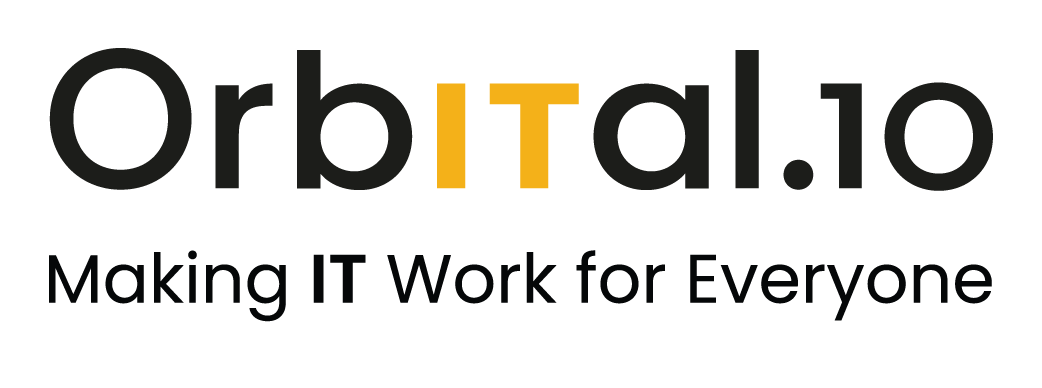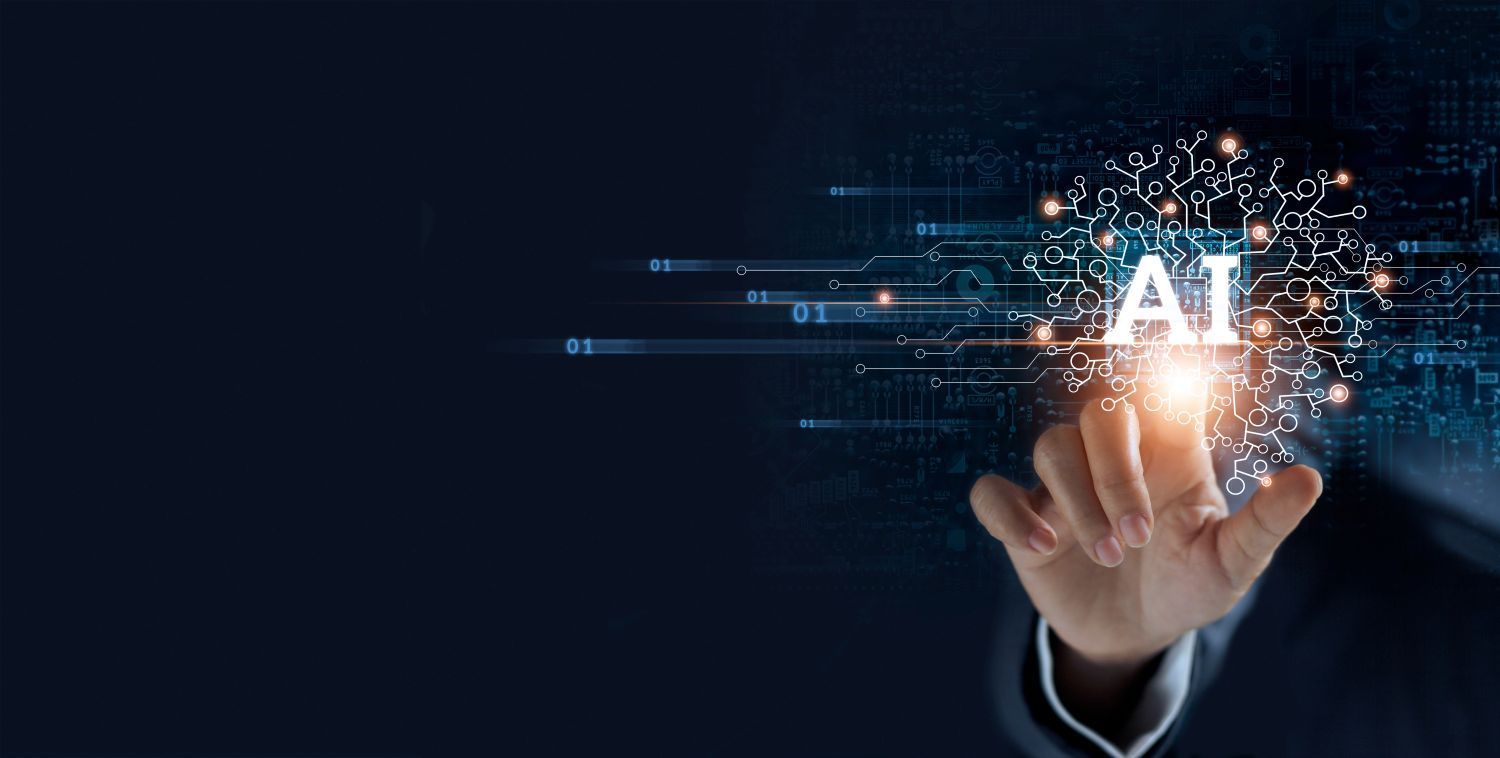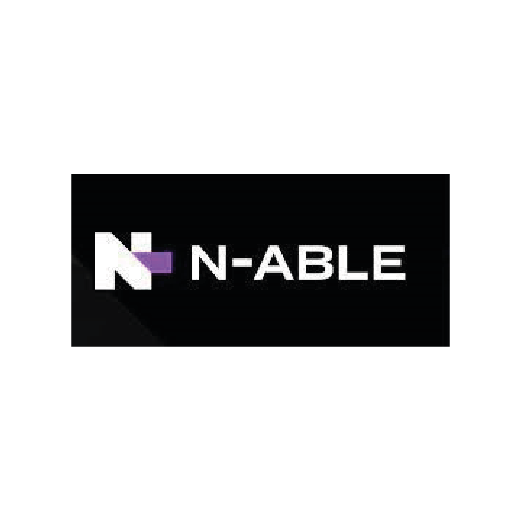Say a-okay to Ai cybersecurity
Cloud Antivirus
Malware — malicious software that’s designed to damage systems and steal data — is an intrusive, damaging and spreading cyberthreat. Cybercriminals strike at individuals and businesses every day in the hopes of extorting money, ransom payments or stealing sensitive information.
You can stop this with next-generation techniques that effectively halt both known and unknown types of malware in their tracks, delivering multi-layered threat protection to keep data safe on your devices and in your backups.
Why a standard antivirus is not enough
Many companies rely on signature-based detection to fight malware, blocking programs that appear on a list of known threats. But this approach can’t keep up with the modern landscape: new malware variants emerge constantly and their average lifetime is mere days.
Cloud (Ai) Antivirus uses behavioural analysis — powered by machine intelligence — to halt the malicious processes that malware relies on, keeping your business safe from known cyber threats as well as those never seen before.
Furthermore, this enhanced antivirus option adds in additional, next-level layers of security and threat detection with cover from a 24-hour Threat Team.
Do I need cloud antivirus if I already have an antivirus?
Yes. Cloud antivirus utilises cutting-edge cyber security integrated with reliable backups, which means it delivers unique capabilities:
• Detect and stop both known and never-before-seen malware threats.
• Stay safe against zero-day attacks.
• Keep your backups safe.
• Prevent malicious software from deleting or altering backup files.
• Restore ransomware-affected files automatically.
We will happily chat through your current IT and data security and go through the advanced benefits of cloud antivirus, just give us a call >
cloud antivirus, cybersecurity, data protection



























